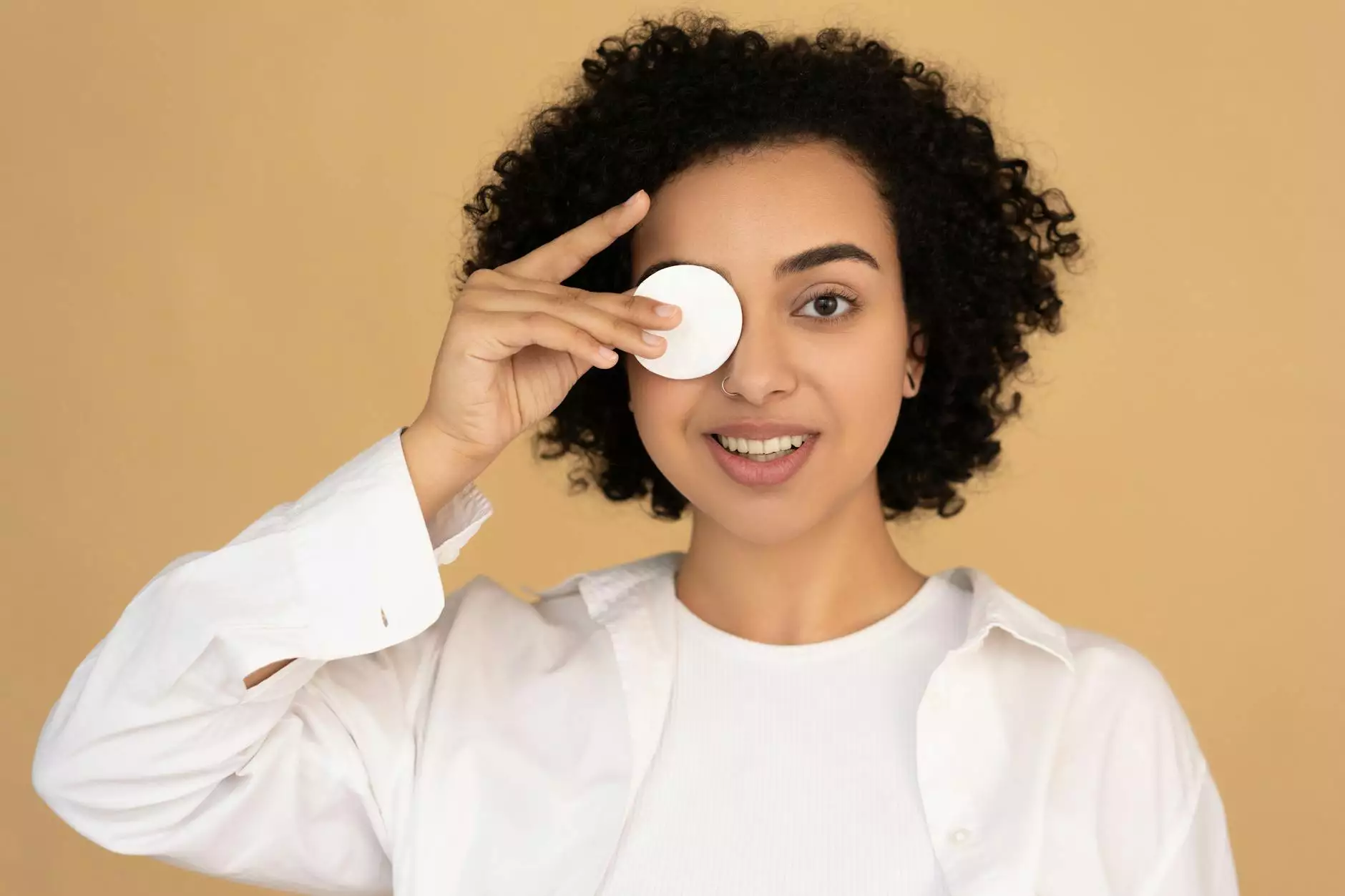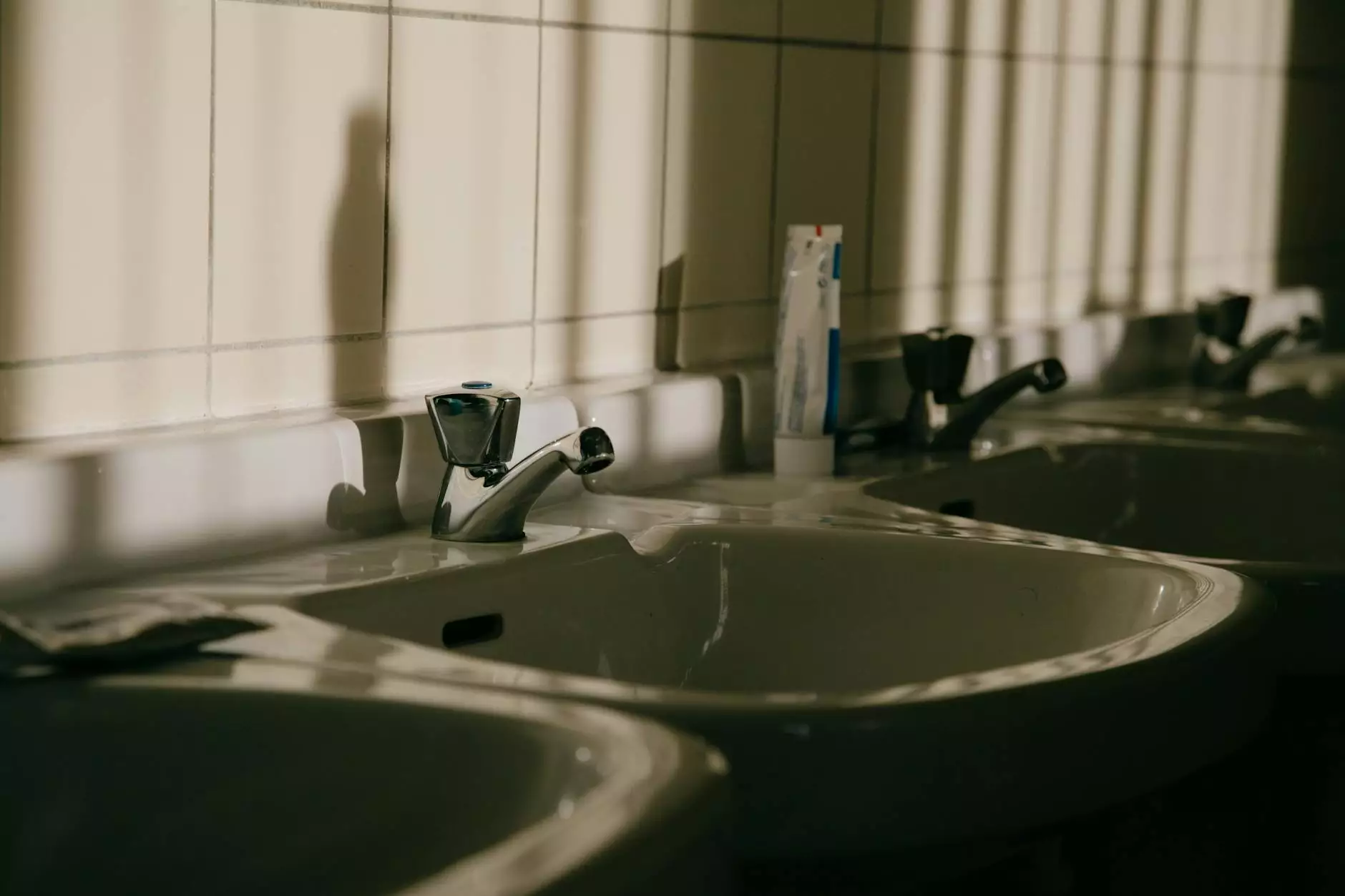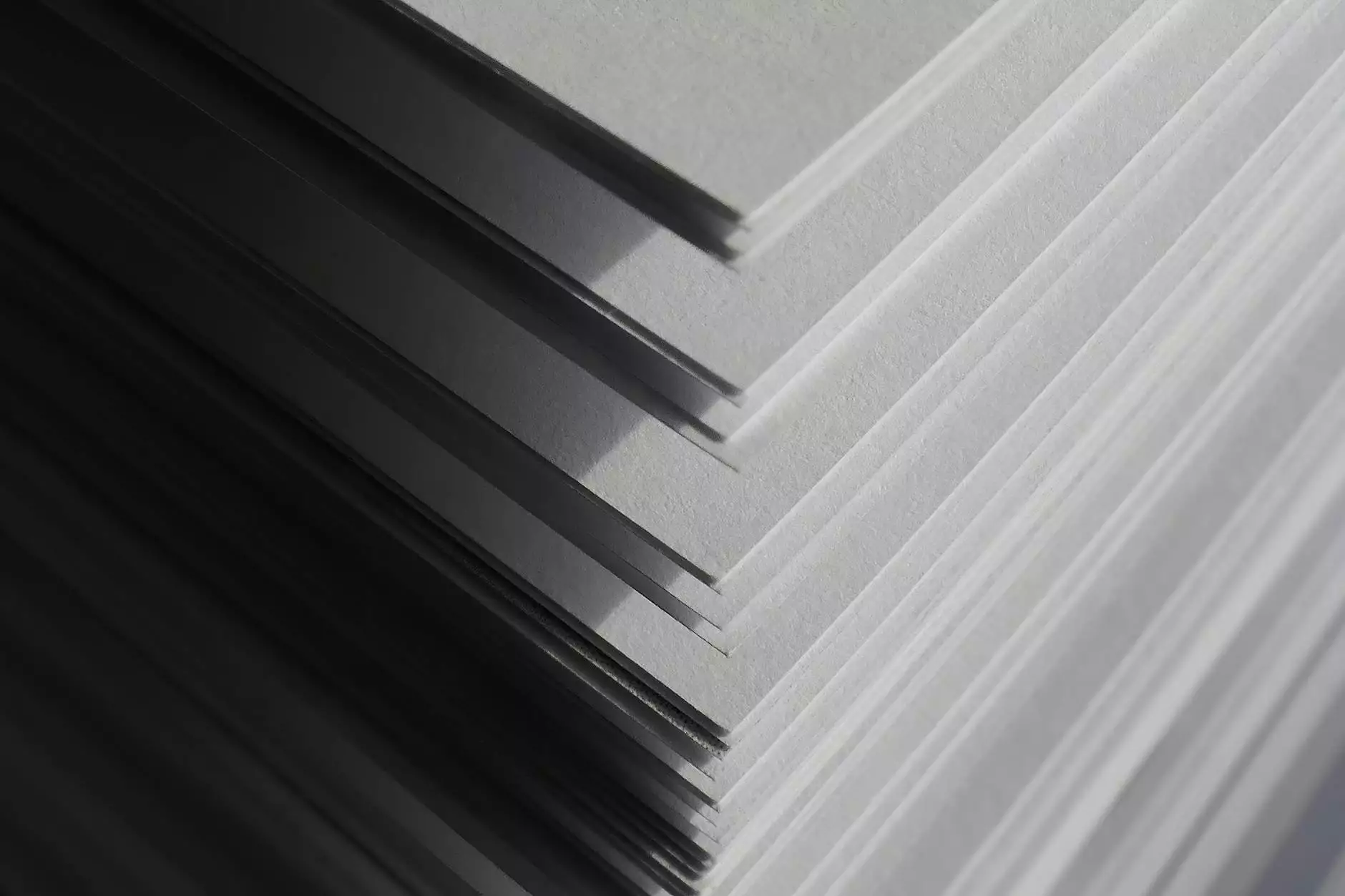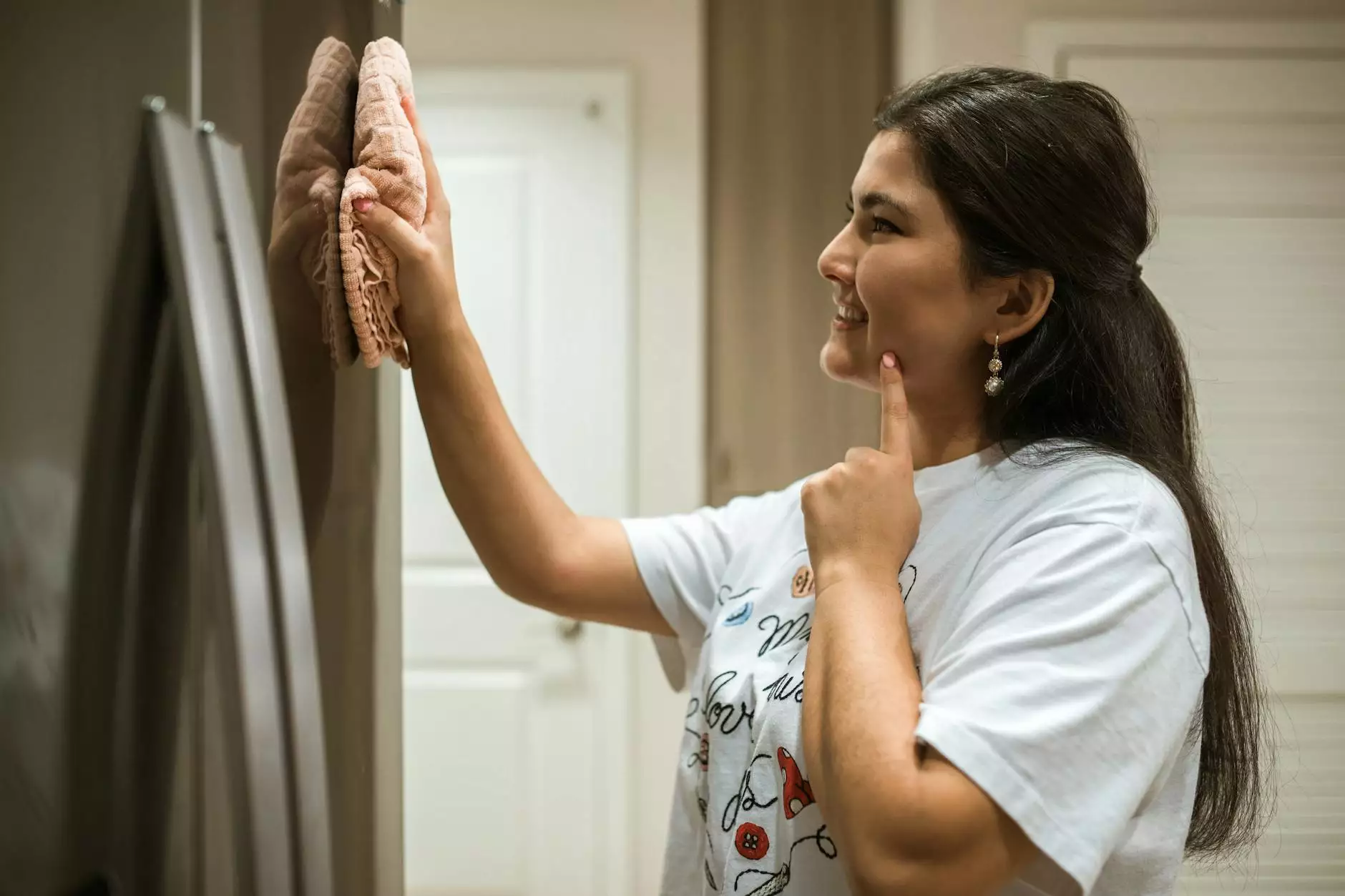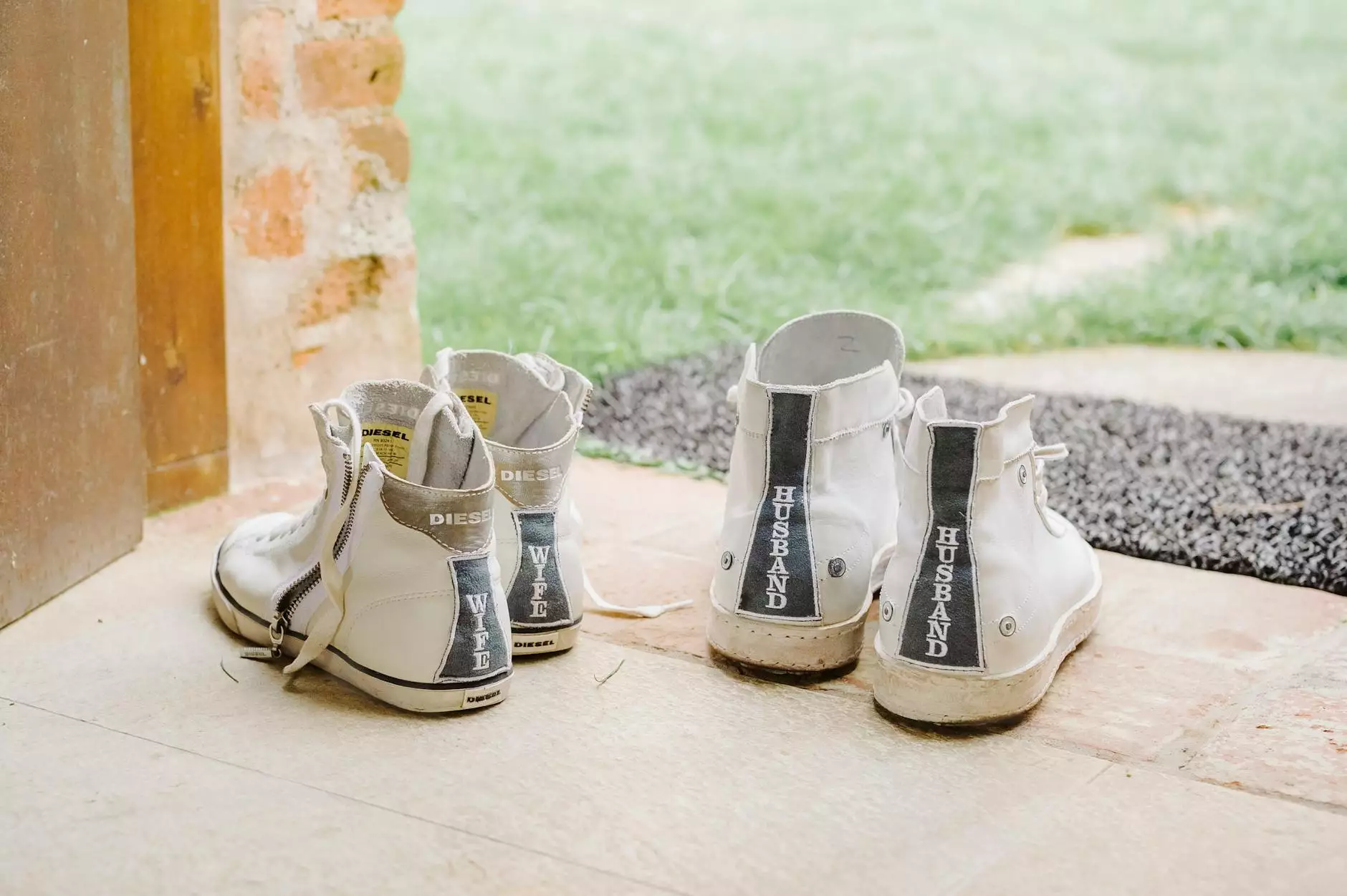Tendonopathy vs Tendonitis: Understanding the Differences for Better Health

Tendons are the fibrous connective tissues that attach muscles to bones, playing a crucial role in our ability to move and perform various activities. When tendons are injured or irritated, it can lead to conditions such as tendonopathy and tendonitis. While these terms are often used interchangeably, they refer to different conditions that can affect your health and quality of life. In this comprehensive article, we will explore the key distinctions between tendonopathy vs tendonitis, their causes, symptoms, and effective treatment options.
What is Tendonitis?
Tendonitis is an inflammation of the tendon that typically occurs due to acute injury or repetitive strain. Commonly seen in athletes and active individuals, tendonitis can affect various parts of the body, including the elbow (tennis elbow), shoulder (rotator cuff tendonitis), and knee (patellar tendonitis).
Causes of Tendonitis
- Repetitive Motion: Engaging in the same movements over time can lead to irritation of the tendon.
- Sudden Injury: A sudden movement or fall can cause immediate inflammation.
- Age: Tendons become less flexible with age, increasing the risk of injury.
- Improper Technique: Poor form during physical activities can strain the tendon.
Symptoms of Tendonitis
The symptoms of tendonitis can vary based on the location and severity of the condition. Common symptoms include:
- Pain: A dull ache around the affected joint or tendon.
- Stiffness: Limited range of motion, particularly after periods of inactivity.
- Swelling: Inflammation that can be seen or felt.
- Heat or Redness: Increased warmth in the area of the tendon.
What is Tendonopathy?
Tendonopathy, on the other hand, is a broader term that encompasses chronic conditions resulting from tendon degeneration rather than inflammation. Tendonopathy often develops after untreated tendonitis or as a result of long-term repetitive stress. It is characterized by microscopic changes in the tendon structure, often leading to pain and functional limitations.
Causes of Tendonopathy
- Long-term Overuse: Continuous strain on the tendon can lead to degeneration over time.
- Aging: The natural aging process weakens the tendons, making them more susceptible to degeneration.
- Uncorrected Injuries: Previous episodes of tendonitis that were not adequately treated can lead to tendonopathy.
- Biomechanical Issues: Abnormal body mechanics can increase stress on tendons.
Symptoms of Tendonopathy
The symptoms of tendonopathy are often more subtle and may include:
- Chronic Pain: Persistent pain that tends to worsen with activity.
- Weakness: A noticeable decrease in strength in the affected area.
- Stiffness: Ongoing stiffness that does not resolve with rest.
- Swelling: While swelling may not always be present, there may be localized tenderness.
Key Differences Between Tendonopathy and Tendonitis
Understanding the differences between tendonopathy and tendonitis is essential for proper treatment and management. Here is a comparison of the two conditions:
AspectTendonitisTendonopathyDefinitionInflammation of the tendonDegenerative changes in the tendonDurationTypically acute or subacuteOften chronicSymptomsPain, swelling, redness, tendernessChronic pain, weakness, stiffnessTreatment FocusDecrease inflammationPromote healing and regenerationRecovery TimeGenerally short, if treated properlyLonger, may require extensive rehabilitationTreatment Options
Treatment for Tendonitis
Treatment of tendonitis primarily aims to reduce inflammation and relieve pain. Conservative treatments include:
- Rest: Allowing the tendon to heal by avoiding aggravating activities.
- Ice: Applying ice to reduce inflammation and relieve pain.
- Compression: Using bandages to minimize swelling.
- Elevation: Keeping the affected area raised to lessen swelling.
- Physical Therapy: Engaging in targeted exercises to strengthen and stabilize the affected tendon.
Treatment for Tendonopathy
Tendonopathy treatment is focused on repairing the damaged tendon and restoring function. Options include:
- Physical Therapy: A structured rehabilitation program to regain strength and flexibility.
- Regenerative Medicine: Treatments such as platelet-rich plasma (PRP) injections that promote healing.
- Activity Modification: Changing activities or techniques to reduce stress on the tendon.
- Surgery: In chronic cases, surgical intervention may be considered to repair the tendon.
Preventing Tendon Issues
Prevention is key to avoiding tendonitis and tendonopathy. Here are some effective strategies:
- Warm-Up: Always warm up before engaging in physical activities to prepare your muscles and tendons for exertion.
- Strength Training: Incorporate strength training exercises to support tendon health.
- Correct Technique: Ensure you are using proper form and techniques during sports and workouts.
- Take Breaks: Allow your body to rest and recover to prevent overuse injuries.
- Listen to Your Body: Pay attention to any signals of pain or discomfort and address them promptly.
The Role of Chiropractors in Treatment
Chiropractors can play a vital role in the management of tendonitis and tendonopathy. They often provide:
- Manual Therapy: Techniques to improve mobility and reduce pain.
- Rehabilitation Exercises: Custom exercises that facilitate healing and prevent recurrence.
- Postural Education: Guidance on maintaining good posture to avoid undue strain on tendons.
- Holistic Approach: Focus on overall health and well-being, which is essential for healing.
Conclusion
In conclusion, understanding the differences between tendonopathy vs tendonitis is essential for effectively managing these conditions. While both involve tendon issues, their underlying mechanisms, symptoms, and treatment approaches differ significantly. By recognizing the signs and taking preventive measures, individuals can maintain their tendon health and an active lifestyle.
For more information on managing tendon issues or to consult with a professional, visit iaom-us.com.

